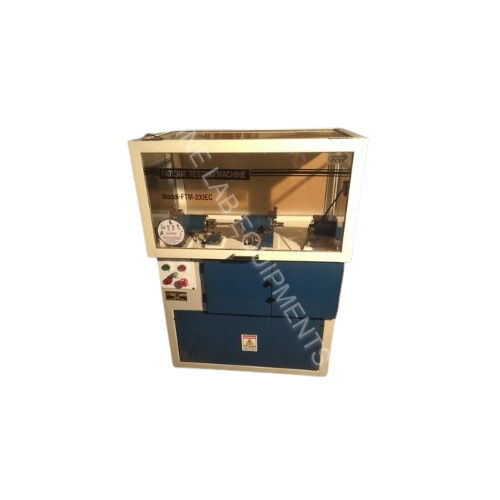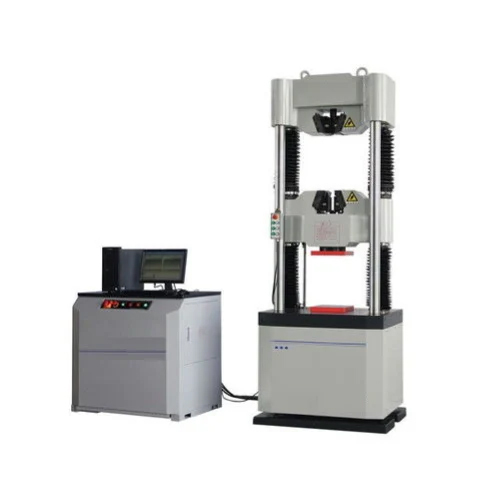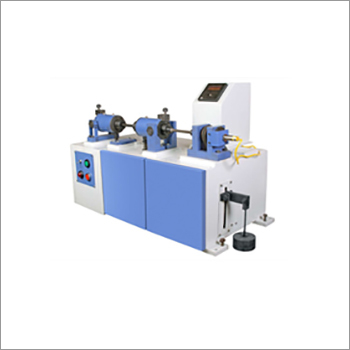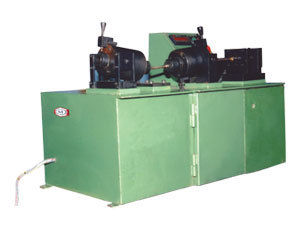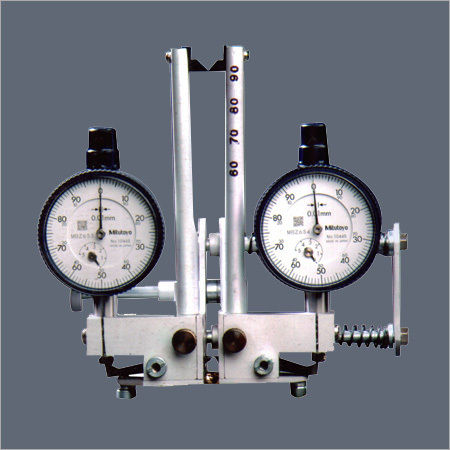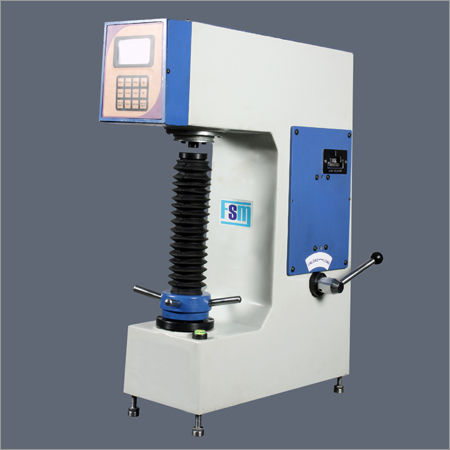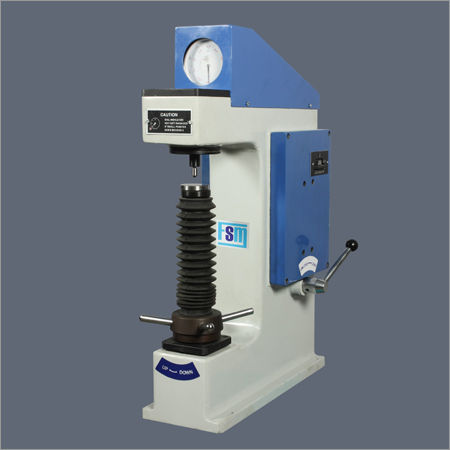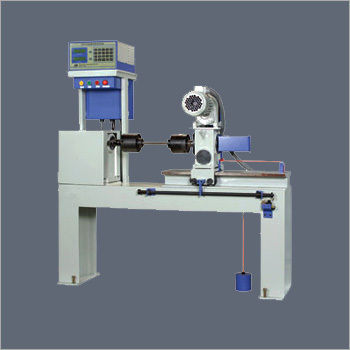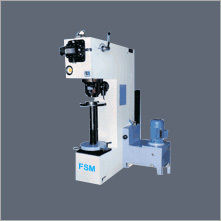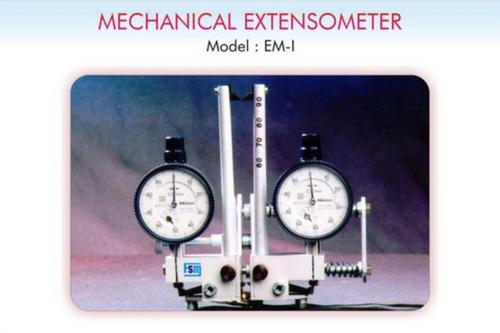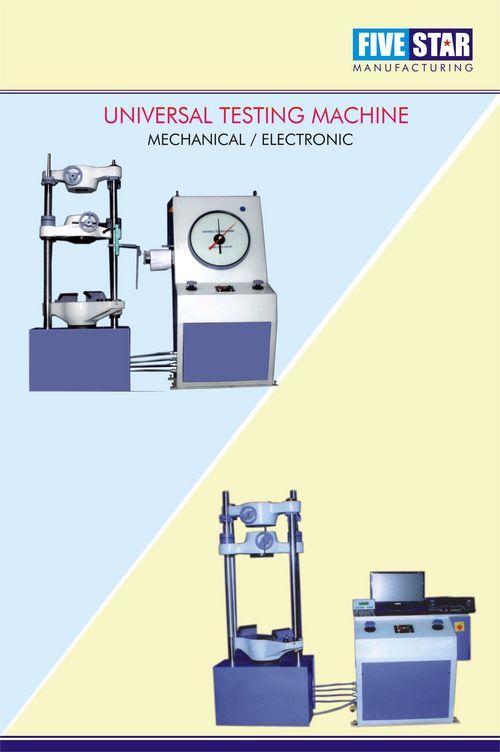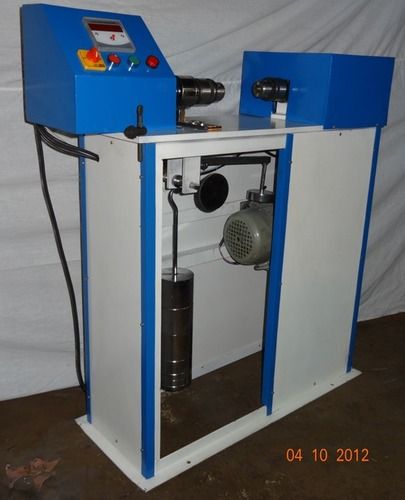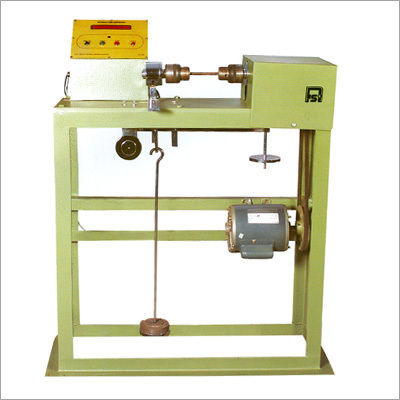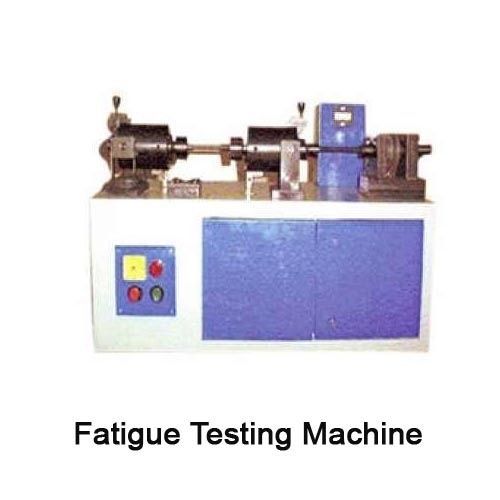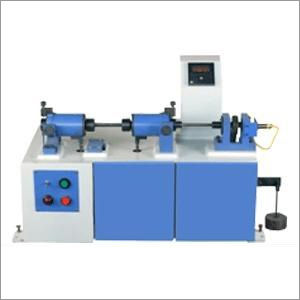
Fatigue Testing Machine - High-end Quality Metal, Compact Design | Accurate Measurement, Rust-proof Finish, Digital Counter For Specimen Failure Recording
Price:
Get Latest Price
In Stock
Product Specifications
| Specimen Diameter | 8 mm |
| Rotation Speed | 4200 rpm |
| Load Application | Reversed bending |
| Load Adjustment | Lever system |
| Measurement | Digital counter |
| Safety System | Interlocking |
| Usage | Material fatigue testing in labs and industries |
| Material | High-end metals |
| Calibration | IS 5075 |
| Features | Simple design, Easy operation, Accurate results, Compact size, Lightweight, Durable build, Safe operation, Reliable performance |
Product Overview
Key Features
Reckoned as a quality driven firm, our company is engaged in manufacturing and exporting Fatigue Testing Machines. Extensively used in material manufacturing industries, research institutes and laboratories to check the fatigue strength of different materials, these machines are delivered to our clients without any delay. Manufactured out of high-end quality metals, these machines are popular in the market due to their easy installation, accurate measurement and rust-proof finish. Clients can get Fatigue Testing Machines from us in safe packing.
Further Details:
Fatigue testing machine is a rotating beam type machine in which load is applied in reversed bending fashion. The standard 8 mm dia specimen is held in special holders at its ends and loaded such that is experiences a uniform bending moment.
The specimen is rotated at 4200 rpm by a motor. A complete cycle of reversed stresses in all fibers of the specimen is produced during each revolution. The bending moment is applied with a lever system and can be easily changed by moving a weight over the lever. Total number of revolutions at which the specimen fails is recorded by a Digital counter. An interlocking system puts off the motor at specimen failure.
Applicability And Range Of Application
Fatigue failure is a phenomenon in which a component fail; due to repeated loading. Repeated loading condition in a component arrives when the stresses in it due to the load applied vary of fluctuate between maximum and minimum values. In case of static loading conditions. The load is applied gradually, giving sufficient time for the strain to develop. Whereas in case of repeated loading this docs not hold good. Hence, machine member subjected to repealed loading have been found to fail at stresses which are very much below the ultimate strength and very often below the yield strength. Fatigue failure usually begins with a small surface crack, undetectable with naked eye, and grows rapidly deeper causing the component to fail.
The stress concentration due to internal cracks, grooves, keyways etc. becomes more predominant after the surface develops. Repeated loads can be applied in four fashions, namely, reversed axial loads, reserved bending loads, reserved torsional loads and combined loads. The subject machine applies loads in reversed bending fashion so that the fibers of the test specimen are stressed once in tension and once in compression. The stresses vary in a sinusoidal from. The bending moment in the test cross section of specimen is constant during the test. The number of revolutions at which the specimen fails are recorded by the counter.
Salient Features
- Light weight, compact size, simple design
- Simple lever system of changing load
- Accurately calibrated as per IS 5075 Calibration in Nm available on request
Company Details
Focusing on a customer-centric approach, FIVE STAR MANUFACTURING has a pan-India presence and caters to a huge consumer base throughout the country. Buy Testing & Measuring Equipment in bulk from FIVE STAR MANUFACTURING at Trade India quality-assured products.
Business Type
Exporter, Manufacturer, Supplier
Establishment
2008
Related Products
Explore Related Categories
More Product From This seller
Seller Details
Ichalkaranji, Maharashtra

Accepts only Domestic inquiries
Partner
Mr. Rahul Ravande
Address
20/22, Near A.S.C. Collage, Behind Gajare Karkhana, Ichalkaranji, Maharashtra, 416115, India
fatigue testing machine in Ichalkaranji
Report incorrect details

